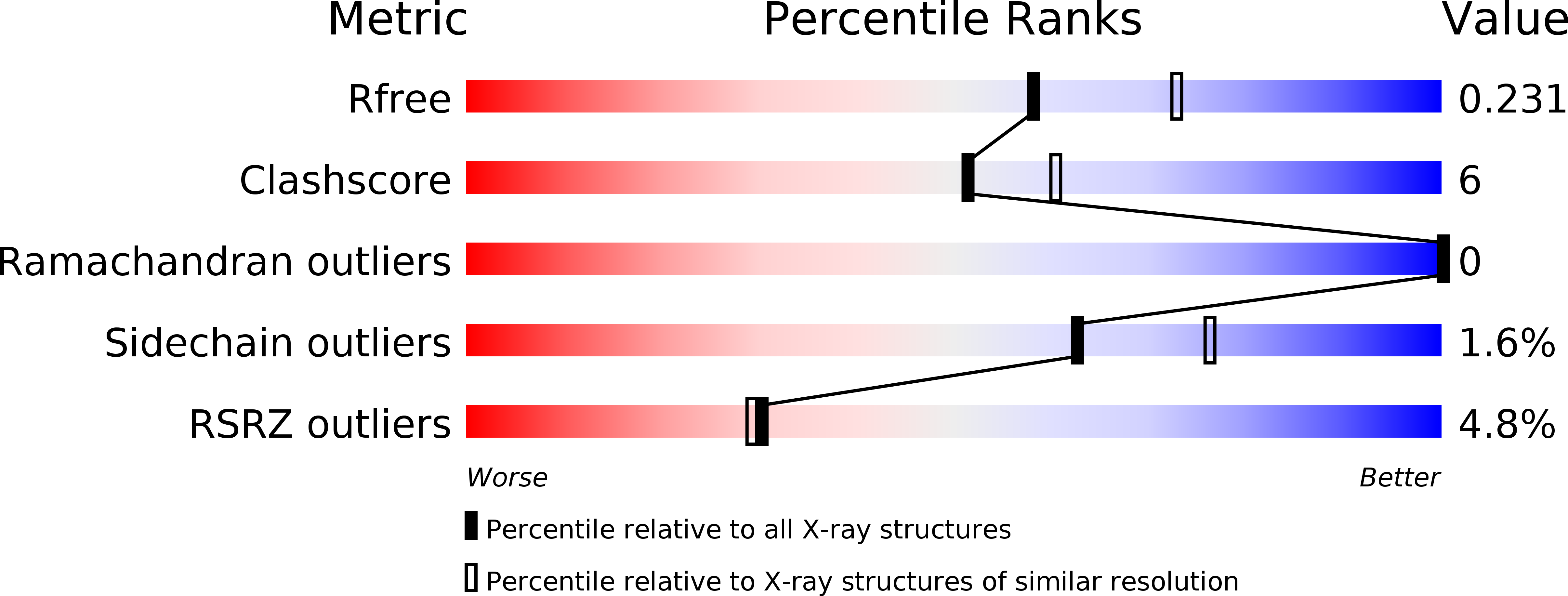
Deposition Date
2013-07-12
Release Date
2014-06-04
Last Version Date
2023-12-20
Entry Detail
PDB ID:
4BXI
Keywords:
Title:
Crystal structure of ATP binding domain of AgrC from Staphylococcus aureus
Biological Source:
Source Organism:
STAPHYLOCOCCUS AUREUS (Taxon ID: 93062)
Host Organism:
Method Details:
Experimental Method:
Resolution:
2.20 Å
R-Value Free:
0.22
R-Value Work:
0.19
R-Value Observed:
0.19
Space Group:
P 43 21 2


